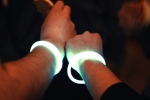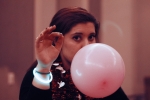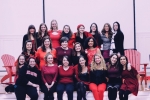In public settings, dim, artificially-lit places are usually associated with illicit activity, secrecy, and the frightening unknown. Shadows become real-life homes for imagined fears; dark spaces where terrors become validated just by remaining undiscoverable. However, through photographing within dimly-lit enclosed domestic spaces, I’ve noticed that while these similar lighting conditions retain the ability to obscure and warp visual elements, they often take on unexpectedly positive visual representations, evocative of solitude, introspection, and comfort.
In this photo series, through a muted color scheme, emphasis on negative space, and attention to where elements fall within linear structures, I hope to convey the therapeutic effect of shadowy areas inside naturally-lit indoor spaces. To show that when faced willingly from within a zone of security, the dark is more transcendent than it is terrifying.






































































Recent Comments